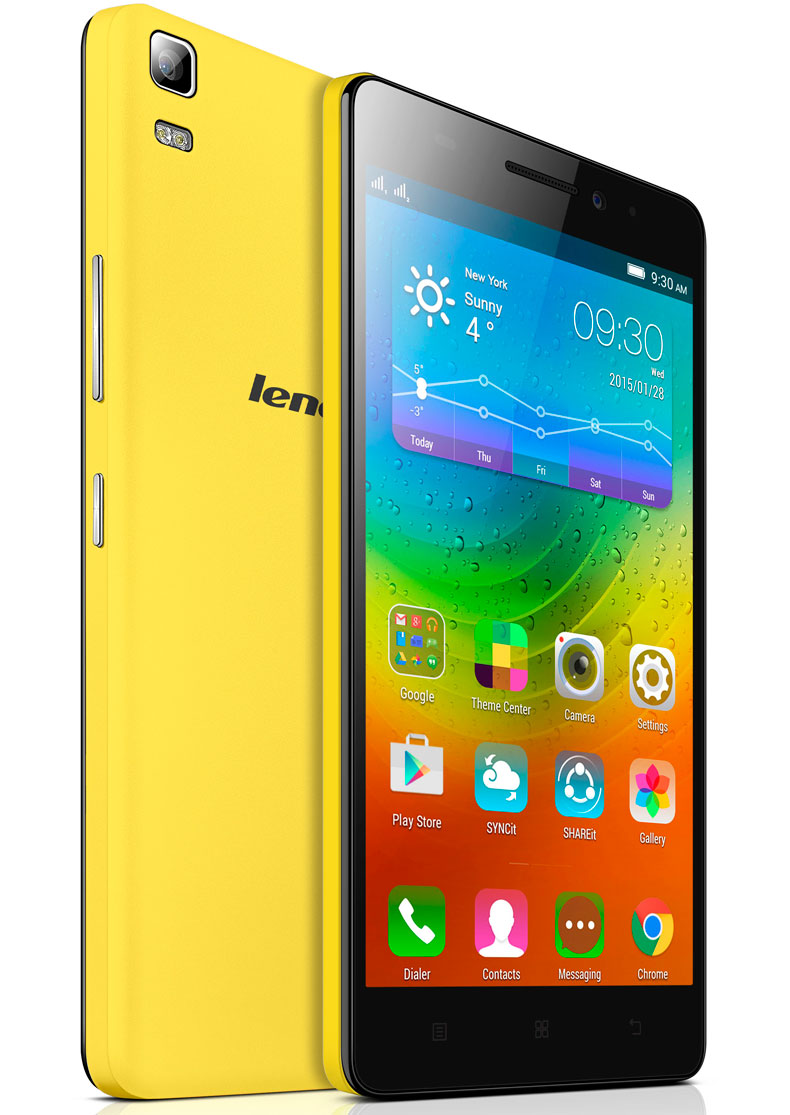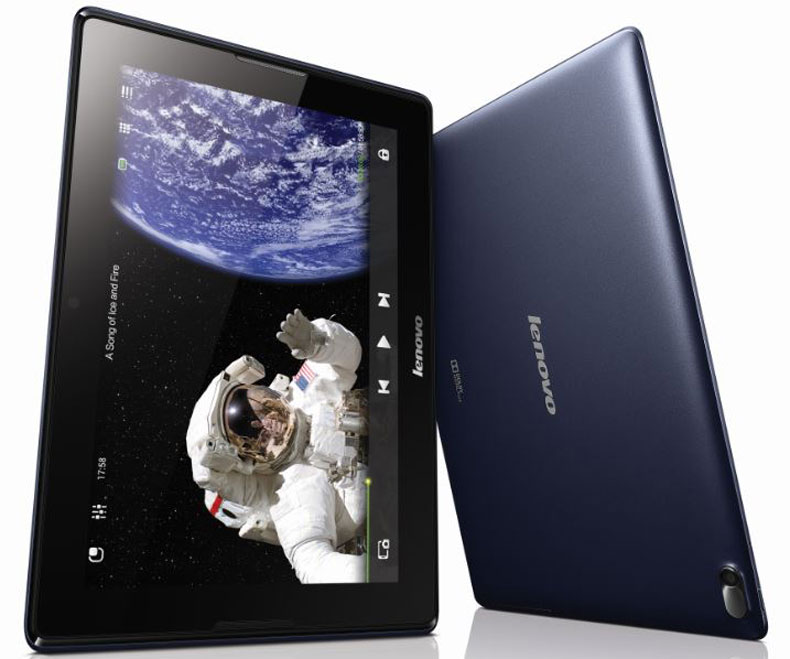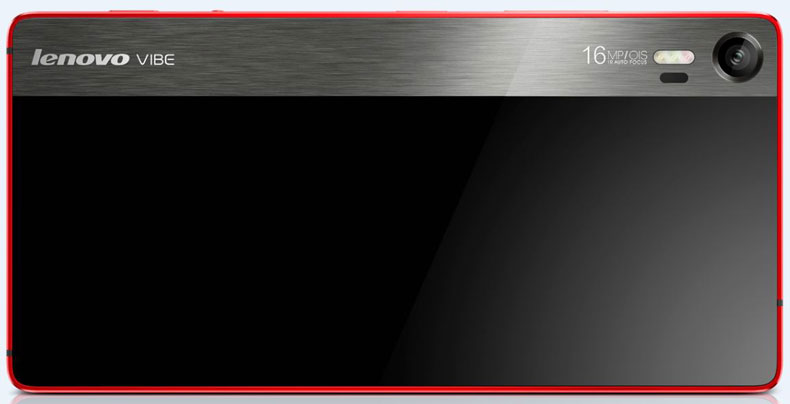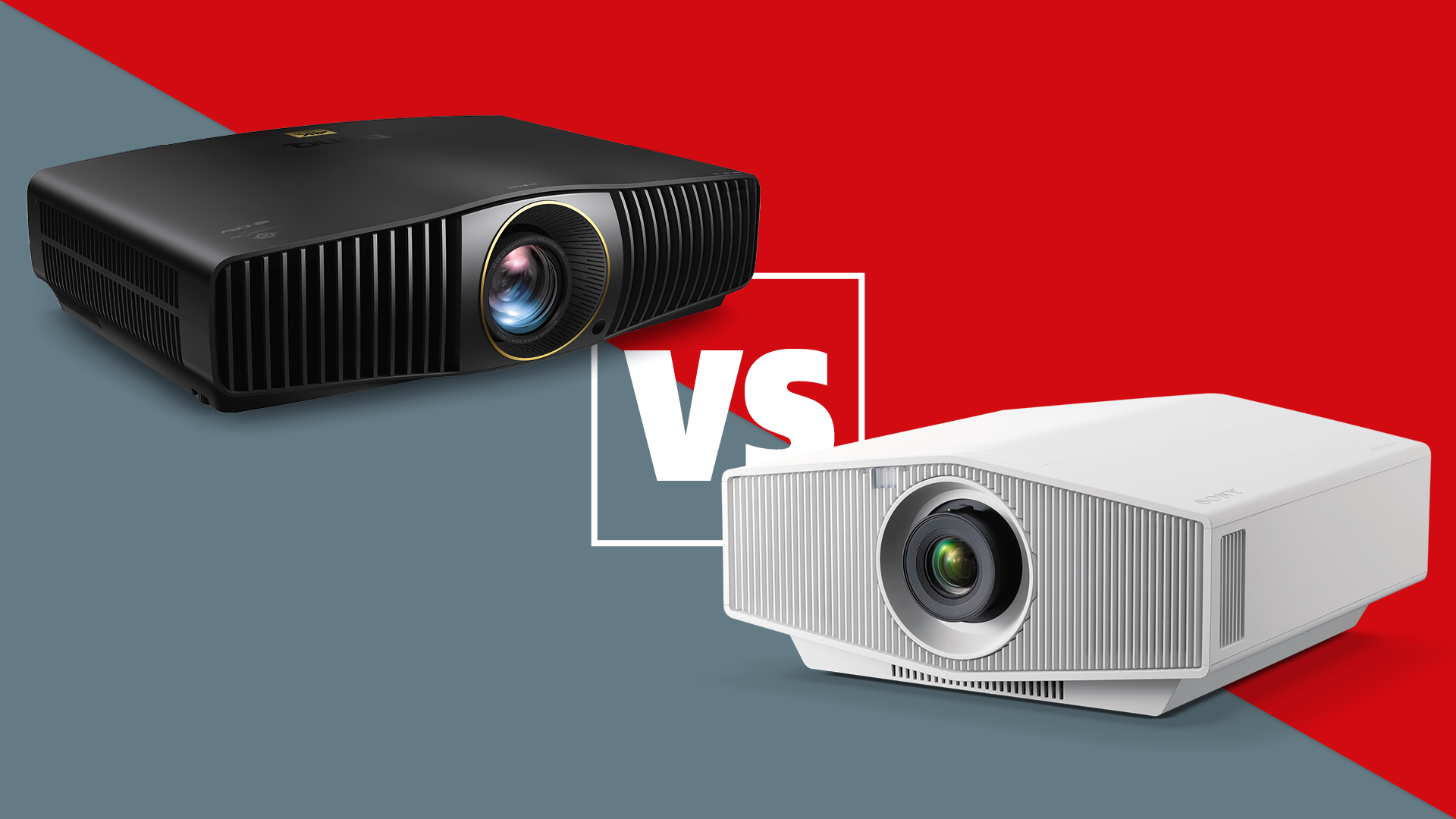MWC: Lenovo launches first Dolby Atmos smartphone and Atmos tablets
Lenovo has taken to MWC to launch a range of smartphones and tablets, including the A7000, the world's first smartphone with Dolby Atmos.

The new range comprises two smartphones, a pocket projector, and three tablets. The Lenovo A7000 smartphone and both the Tab 2 A10-70 and Tab 2 8 tablets incorporate support for Dolby Atmos surround sound technology.
The A7000 (pictured top) claims to be the "world's first smartphone with Dolby Atmos", with Amazon's Fire HDX 8.9 tablet laying claim to the title of first Atmos portable device. Atmos on mobile works with any set of headphones, with Lenovo suggesting sound will be more vivid and feel as if it's moving from all directions, including overhead - which is what Dolby Atmos is all about.
An "Atmos renderer" will take care of the spatial processing on the phone itself.
Other features for the Lenovo A7000 include a 5.5-inch Full HD display, MediaTek True 8 processor, Android 5.0 Lollipop, 4G LTE connectivity and dual-SIM support.
John Couling, senior vice president, E-Media Business Group, Dolby Laboratories, said: "Dolby Atmos was pioneered and perfected in cinema and has generated tremendous excitement in home theatres. Now we are thrilled to extend the powerfully moving Dolby Atmos entertainment experience to mobile phone users with the Lenovo A7000."
The Lenovo A7000 will be available from March in Onyx Black or Pearl White for $169.
MORE: Dolby Atmos: What is it? How can you get it?
The latest hi-fi, home cinema and tech news, reviews, buying advice and deals, direct to your inbox.

The Lenovo Tab 2 A10-70 tablet (pictured) is the first 10in tablet to come with Dolby Atmos. It also comes with a "multi-speaker soundbar", which aims to deliver "rich and powerful sound" from a tablet.
Elsewhere, the A10-70 features a MediaTek quad-core processor, 4G LTE, 8MP rear camera and Android 4.4 Kit Kat. It will be available from April inwhite or blue finishes, costing $199 for the wi-fi model and $279 for the LTE model. No UK prices or release dates have been confirmed.
Meanwhile, the TAB 2 A8 has many of the same features as its 10in brother, but in a smaller package. It comes with an 8in screen, Dolby Atmos support, 5MP rear camera, Android 5.0 Lollipop, MediaTek 64-bit quad-core processor, 32GB onboard storage with microSD expandable storage, 4G LTE and dual-SIM support.
It will be available from June in white, ebony, blue and pink finishes, and will cost $129 for the wi-fi model and $179 for the LTE model. Again, we're awaiting UK information.
As mentioned, this isn't the first time we've seen Dolby Atmos on a tablet, with Amazon equipping its Fire HDX 8.9 tablet with the sound technology.
Dolby is clearly eager to expand in to new areas, with the company also revealing plans to bring Atmos to VR headsets.

Lenovo also unveiled the Pocket Projector, which snaps on to a compatible Android smartphone and projects an image of up to 110 inches. It features a 5-lumen high-contrast optical engine and claims to be able to automatically correct for distortion.
It can also be rotated up to 90 degrees and comes with built-in dual speakers. Users can also wirelessly connect to the projector from a smartphone, and transmit content via DLNA or Miracast. Lenovo says the battery will last up to two hours from a single charge, when using it wirelessly.
The Lenovo Pocket Projector will be available from May for $249.
Also new was the Lenovo Vibe Shot (pictured), a smartphone with a 16-megapixel rear-facing camera and six-piece modular lens.
It features a 16:9 low-light sensor, tricolour flash, optical image stabilisation and infrared focus, which claims to be twice as fast as standard autofocus, and is clearly aimed at users who take a lot of smartphone snaps.
The Vibe Shot also comes equipped with a 5in FHD screen, Qualcomm Snapdragon 615 processor, 32GB onboard storage with microSD support up to 128GB, and Android 5.0 Lollipop.
The Lenovo Vibe Shot comes with a slim aluminium frame and will be available from June in red, white or grey finishes for $349.
And finally comes the Ideapad Miix 300, with an 8in screen and running on Windows 8.1. It has an Intel Atom processor and 64GB onboard storage. It will be available from July for $149.
Max is a staff writer for What Hi-Fi?'s sister site, TechRadar, in Australia. But being the wonderful English guy he is, he helps out with content across a number of Future sites, including What Hi-Fi?. It wouldn't be his first exposure to the world of all things hi-fi and home cinema, as his first role in technology journalism was with What Hi-Fi? in the UK. Clearly he pined to return after making the move to Australia and the team have welcomed him back with arms wide open.

